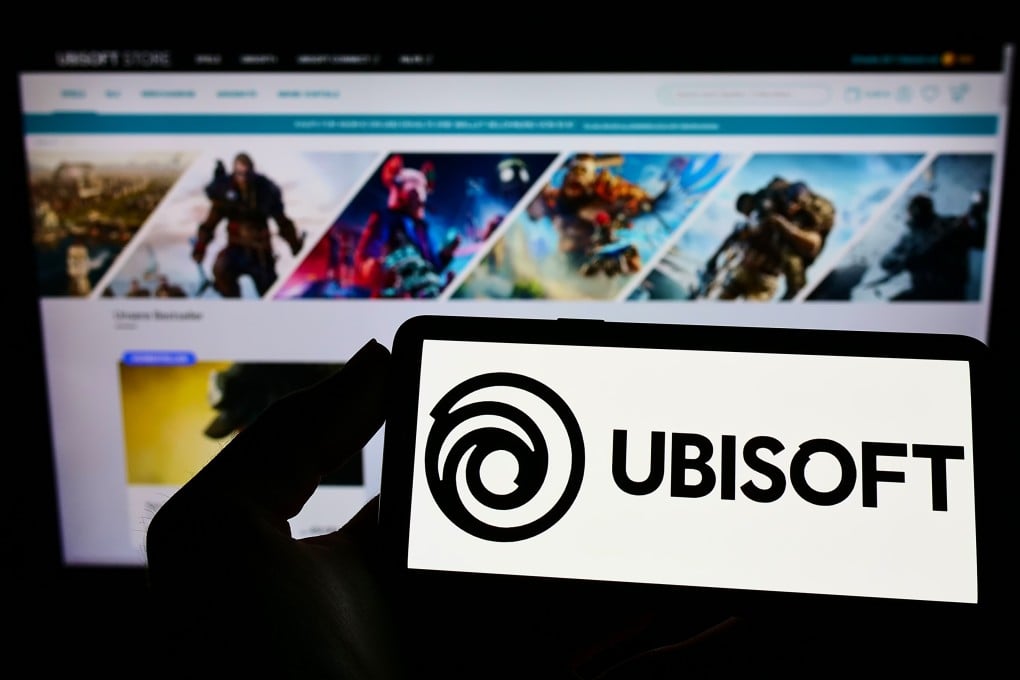
Looking away from a situation that we do not want to face does not make it go away. The only way out ..
. [+] is through and forward; this holds also true about the accelerating hybrid conundrum that we are part of, and that is becoming part of us. In the evolving landscape of human history, the ghost of an apocalyptic future has been a recurring theme.

From ancient myths about the end of days to modern science fiction, our collective imagination has forever been preoccupied with the fear of extinction. As one crisis fades, another emerges: the Cold War’s fear of nuclear annihilation has given way to climate change anxiety. Now, Artificial Intelligence poses new potential for doom and gloom.
But – since the initial hype and hysteria that followed the release of ChatGTP in late 2022, we seem to have entered a period of cognitive ceasefire. AI has begun to feel less like an existential threat and more like an everyday utility. But has the risk of an AI-powered doomsday disappeared because tech giants like OpenAI and Google now have a firm grip on AI's trajectory, or have we simply grown numb to the expanding presence of this technology, and the uncertainty it is embedded in? The Ebb And Flow Of Existential Fear The fear of human annihilation is nothing new.
Winston Churchill's 1924 observation rings eerily prescient: "Mankind has never been in this position before. Without having improved appreciably in virtue or enjoying wiser guidance, it has got into its hands for the first time the tools by which it can unfailingly accomplish its extermination." Though referring to atomic weapons, his words resonate sadly in today's AI-driven landscape.
Humans are paradoxical creatures. We oscillate between excitement for new technology and desensitization to its chronic risks. As we navigate AI’s rapid evolution, we might recognize this pattern: we avidly consume information about AI’s advancements while simultaneously tuning out its potential threats.
Cognitive dissonance —the ability to hold two contradictory thoughts at once – allows us to embed apocalyptic anxieties deep within our cultural fabric, readily hiding them under trivial distractions. We keep our minds too busy to focus on the (uncomfortable) issues at stake. Already disposed towards mental inertia, social media exacerbates this problem through “doomsday scrolling.
” Has constant exposure to alarming news numbed us to the facts that underpin them? From AI To AGI And Beyond AI’s early focus was on narrow tasks, such as voice recognition or recommendation algorithms, which have now become integral parts of everyday life. However, the development of Artificial General Intelligence —a system capable of understanding and performing tasks across all intellectual domains—is moving AI into a new and more potent realm. Hackers Force Chrome Users To Hand Over Google Passwords.
Here’s How Apple’s Update Decision—Bad News Confirmed For Millions Of iPhone Users Today’s Eclipse Of The Full Moon Sets Up A ‘Ring Of Fire’ — What To Know Beyond AGI lies the more speculative but potentially destructive Artificial Superintelligence, which could outperform human intelligence in every aspect, from decision-making to creativity, embracing full agency. Technologists have suggested that AGI could be achieved as early as 2030, greatly accelerating previously estimated timelines. Last week OpenAI released its ‘o1’ model, claiming that it has the ability to reason.
Are we ready? Illusion Of Control As AI systems become more sophisticated, they have begun to surpass the understanding of their creators. We already know that AI shapes our preferences, opinions, and actions—from what we watch and buy to more significant choices like healthcare decisions and financial investments. Despite this, we continue to delegate critical decision-making to these algorithms, often unaware of how much control we’ve relinquished.
We mistakenly believe that we are in charge, yet algorithms quietly steer us. AI’s autonomous decision-making capabilities are now embedded in a wide range of societal sectors, from healthcare via education, to recruitment, and politics. With the upcoming U.
S. elections, many experts are sounding alarms that AI could distort reality, further undermining trust in democratic institutions. AI could bring much good, and gruesomeness.
AI ’s Janus Face Already before the onset of ChatGTP & Co technology had been referred to as a “Janus-faced” technology, after the Roman god Janus, who was depicted with two faces—one looking to the future, the other to the past. AI similarly presents two potential futures: one of unprecedented opportunity and innovation, and another of unchecked risks and challenges. Sadly the same double-faced nature illustrates the mindset of many tech giants.
Despite public calls in July 2023 from tech leaders for a moratorium on AI development to allow time for reflection and the establishment of proper regulations, many of the same figures have simultaneously continued to invest heavily in advancing AI technologies. This apparent contradiction underscores the tension between the ethical concerns surrounding AI's rapid evolution and the competitive drive to dominate this transformative field. While figures like Elon Musk and Sam Altman highlight the dangers of uncontrolled AI development, their companies are at the forefront of pushing AI capabilities to new limits.
This dual approach—voicing caution while accelerating investment—reflects the discord of values and greed, egos and ethics, strategy and social considerations. The race for technological dominance primes over reason. The key to navigating this duality is recognizing both faces and addressing them deliberately.
Practical Takeaway: BEWARE Given the complex risks and rewards of AI, the best way forward is to be vigilant and proactive. As users we must approach AI with a balanced mindset, recognizing both its potential and its dangers. Here’s a practical framework for thinking about how to navigate the challenges of AI, summarized in the acronym BEWARE: Our Hybrid Road Ahead The risk of AI-powered doomsday hasn’t vanished.
As AI technologies advance toward AGI and ASI, the need for vigilance grows stronger. While AI offers immense potential, it also carries gigantic risks. Our responsibility is to stay aware, remain engaged, and ensure that AI complements human intelligence rather than replacing it.
By balancing our enthusiasm for AI’s innovations with a cautious understanding of its limitations and risks, we can build a future where humans and AI work together for mutual benefit. If we are careful to BEWARE and invest in our natural intelligence, we can ensure that AI serves us, not the other way around..














